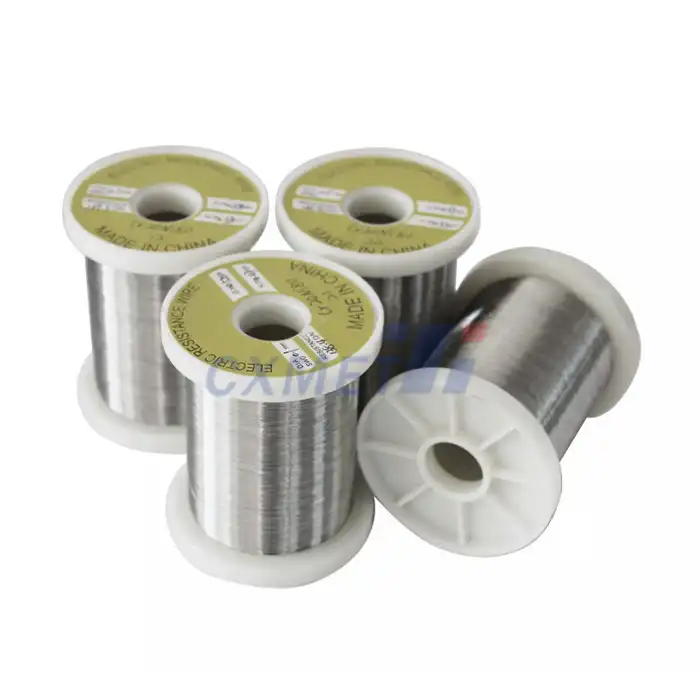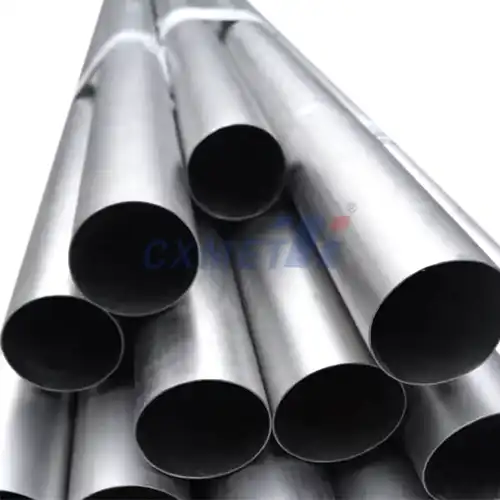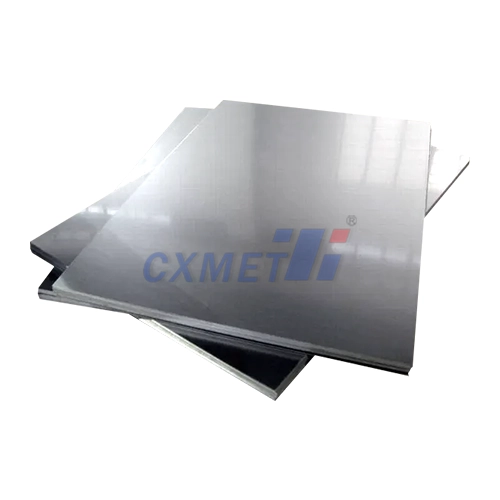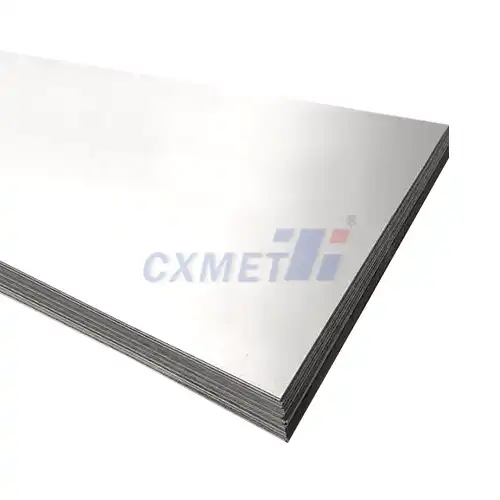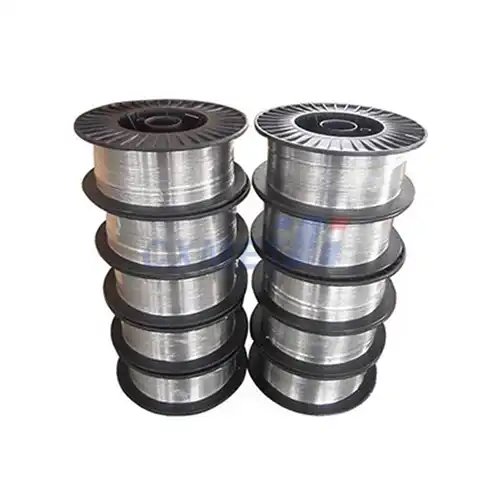- English
- French
- German
- Portuguese
- Spanish
- Russian
- Japanese
- Korean
- Arabic
- Greek
- German
- Turkish
- Italian
- Danish
- Romanian
- Indonesian
- Czech
- Afrikaans
- Swedish
- Polish
- Basque
- Catalan
- Esperanto
- Hindi
- Lao
- Albanian
- Amharic
- Armenian
- Azerbaijani
- Belarusian
- Bengali
- Bosnian
- Bulgarian
- Cebuano
- Chichewa
- Corsican
- Croatian
- Dutch
- Estonian
- Filipino
- Finnish
- Frisian
- Galician
- Georgian
- Gujarati
- Haitian
- Hausa
- Hawaiian
- Hebrew
- Hmong
- Hungarian
- Icelandic
- Igbo
- Javanese
- Kannada
- Kazakh
- Khmer
- Kurdish
- Kyrgyz
- Latin
- Latvian
- Lithuanian
- Luxembou..
- Macedonian
- Malagasy
- Malay
- Malayalam
- Maltese
- Maori
- Marathi
- Mongolian
- Burmese
- Nepali
- Norwegian
- Pashto
- Persian
- Punjabi
- Serbian
- Sesotho
- Sinhala
- Slovak
- Slovenian
- Somali
- Samoan
- Scots Gaelic
- Shona
- Sindhi
- Sundanese
- Swahili
- Tajik
- Tamil
- Telugu
- Thai
- Ukrainian
- Urdu
- Uzbek
- Vietnamese
- Welsh
- Xhosa
- Yiddish
- Yoruba
- Zulu
What is the Role of Niobium Bars in Superconductivity?
2024-08-02 17:09:30
Niobium bars play a crucial role in the field of superconductivity, contributing significantly to the development and application of superconducting technologies. Niobium, a ductile transition metal, exhibits unique properties that make it an ideal material for superconducting applications. When formed into bars, niobium becomes a fundamental component in various superconducting devices and systems. This blog post will explore the importance of niobium bars in superconductivity, their applications, and the impact they have on advancing this cutting-edge technology.
How are niobium bars used in superconducting magnets?
Niobium bars are extensively used in the construction of superconducting magnets, which are critical components in various scientific and technological applications. These magnets are essential in particle accelerators, magnetic resonance imaging (MRI) machines, and nuclear magnetic resonance (NMR) spectroscopy equipment.
In particle accelerators, such as the Large Hadron Collider (LHC) at CERN, niobium-based superconducting magnets are used to guide and focus particle beams. The high magnetic fields generated by these magnets are crucial for achieving the extreme energies required for particle physics experiments. Niobium bars, typically in the form of niobium-titanium (NbTi) or niobium-tin (Nb3Sn) alloys, are wound into coils to create these powerful electromagnets.
The process of manufacturing superconducting magnets using niobium bars involves several steps. First, the niobium alloy is drawn into thin filaments, which are then twisted and bundled together to form a composite wire. This wire is subsequently wound into coils and impregnated with epoxy resin to provide structural stability. The resulting magnet assembly is then cooled to extremely low temperatures, typically using liquid helium, to achieve superconductivity.
In MRI machines, niobium-based superconducting magnets generate the strong, uniform magnetic fields necessary for producing high-resolution images of the human body. These magnets offer several advantages over conventional electromagnets, including higher field strengths, better field stability, and lower operating costs due to reduced power consumption.
The use of niobium bars in superconducting magnets has revolutionized various fields of scientific research and medical diagnostics. Their ability to generate and sustain high magnetic fields with minimal energy loss has enabled the development of more powerful and efficient devices, pushing the boundaries of what is possible in particle physics, materials science, and medical imaging.
What are the advantages of using niobium bars in superconducting RF cavities?
Niobium bars are extensively used in the fabrication of superconducting radio frequency (RF) cavities, which are critical components in particle accelerators and other high-energy physics applications. These cavities are responsible for accelerating charged particles to extremely high energies by imparting electromagnetic energy to the particle beam.
One of the primary advantages of using niobium bars in superconducting RF cavities is their superior superconducting properties. Niobium has the highest critical temperature (Tc) of any pure element, at approximately 9.2 Kelvin. This relatively high Tc allows niobium cavities to operate at liquid helium temperatures, which is more practical and cost-effective compared to other superconducting materials that require even lower temperatures.
Furthermore, niobium exhibits excellent RF properties, including low surface resistance and high quality factor (Q-factor) when in the superconducting state. These characteristics result in minimal energy loss and high efficiency in RF cavities, allowing for the generation of strong accelerating fields with relatively low input power.
The fabrication process of superconducting RF cavities using niobium bars involves several sophisticated techniques. Typically, high-purity niobium sheets are deep-drawn or hydroformed into the desired cavity shape. The cavity sections are then electron beam welded together to form the complete structure. This process requires extreme precision and cleanliness to ensure optimal performance of the finished cavity.
Another significant advantage of niobium-based RF cavities is their ability to achieve higher accelerating gradients compared to conventional copper cavities. This allows for more compact and efficient particle accelerators, reducing the overall size and cost of these facilities.
Moreover, niobium cavities have demonstrated excellent longevity and reliability in operation. With proper maintenance and periodic surface treatments, these cavities can maintain their high performance over extended periods, making them ideal for long-term scientific installations.
The use of niobium bars in superconducting RF cavities has enabled significant advancements in particle accelerator technology, contributing to groundbreaking discoveries in particle physics and the development of new applications in areas such as free-electron lasers and energy recovery linacs.
How does the purity of niobium bars affect their superconducting properties?
The purity of niobium bars plays a crucial role in determining their superconducting properties, which in turn affects their performance in various applications. High-purity niobium is essential for achieving optimal superconducting characteristics, including high critical temperature, high critical magnetic field, and low surface resistance.
The superconducting properties of niobium are highly sensitive to impurities and defects in the material. Even small amounts of contaminants can significantly degrade the superconducting performance by introducing scattering centers for electrons and reducing the coherence length of the superconducting state. Common impurities in niobium include tantalum, oxygen, nitrogen, and carbon.
To achieve the highest possible purity, niobium bars undergo a series of refining processes. These typically include electron beam melting, which can produce niobium with purities exceeding 99.99%. The residual resistivity ratio (RRR) is often used as a measure of niobium purity, with higher RRR values indicating higher purity and better superconducting properties.
In superconducting RF cavities, the purity of niobium bars directly impacts the achievable quality factor and accelerating gradient. Higher purity niobium allows for lower surface resistance, resulting in reduced RF losses and higher efficiency. Additionally, purer niobium exhibits a higher thermal conductivity, which aids in heat dissipation and helps maintain stable superconducting conditions during operation.
For superconducting magnets, the purity of niobium bars affects the critical current density and the upper critical field. Higher purity niobium alloys can achieve higher critical current densities, allowing for the generation of stronger magnetic fields. This is particularly important in applications such as high-energy particle accelerators and fusion reactors, where extremely high magnetic fields are required.
The purity of niobium also influences its mechanical properties, which are important for the fabrication and long-term stability of superconducting devices. Higher purity niobium generally exhibits better ductility and formability, facilitating the manufacturing processes of complex superconducting components.
Ongoing research in niobium purification techniques and the development of new niobium alloys continues to push the boundaries of superconductor performance. These advancements are crucial for the next generation of superconducting technologies, including quantum computing devices, ultra-high-field MRI systems, and advanced particle accelerators.
In conclusion, the role of niobium bars in superconductivity is multifaceted and essential. From their use in superconducting magnets and RF cavities to the critical importance of their purity, niobium bars continue to be at the forefront of superconducting technology. As research in this field progresses, we can expect to see even more innovative applications and improvements in the performance of niobium-based superconducting devices, further advancing our understanding of fundamental physics and enabling new technological breakthroughs.
At SHAANXI CXMET TECHNOLOGY CO., LTD, we take pride in our extensive product range, which caters to diverse customer needs. Our company is equipped with outstanding production and processing capabilities, ensuring the high quality and precision of our products. We are committed to innovation and continuously strive to develop new products, keeping us at the forefront of our industry. With leading technological development capabilities, we are able to adapt and evolve in a rapidly changing market. Furthermore, we offer customized solutions to meet the specific requirements of our clients. If you are interested in our products or wish to learn more about the intricate details of our offerings, please do not hesitate to contact us at sales@cxmet.com. Our team is always ready to assist you.
References:
1. Padamsee, H. (2009). RF Superconductivity: Science, Technology, and Applications. Wiley-VCH.
2. Gurevich, A. (2012). Superconducting Radio-Frequency Fundamentals for Particle Accelerators. Reviews of Accelerator Science and Technology, 5, 119-146.
3. Balachandran, S., et al. (2015). Niobium for Superconducting Radio Frequency (SRF) Cavities. Journal of Physics: Conference Series, 595, 012008.
4. Ciovati, G., et al. (2010). Review of Ingot Niobium as a Material for Superconducting Radiofrequency Accelerating Cavities. Superconductor Science and Technology, 23(6), 065002.
5. Lee, P. J. (2001). Engineering Superconductivity. Wiley-Interscience.
6. Hillenbrand, B., et al. (1977). Superconducting Nb3Sn Magnets. IEEE Transactions on Magnetics, 13(5), 1572-1577.
7. Saito, K. (2003). Critical Field Limitation of the Niobium Superconducting RF Cavity. Proceedings of the 11th Workshop on RF Superconductivity, Germany.
8. Lilje, L., et al. (2004). Achievement of 35 MV/m in the Superconducting Nine-Cell Cavities for TESLA. Nuclear Instruments and Methods in Physics Research Section A, 524(1-3), 1-12.
9. Myneni, G. R. (2006). Physical and Mechanical Properties of Niobium for SRF Science and Technology. AIP Conference Proceedings, 927, 41-47.
10. Kneisel, P. (1999). Preliminary Experience with "in-situ" Baking of Niobium Cavities. Proceedings of the 9th Workshop on RF Superconductivity, USA.
